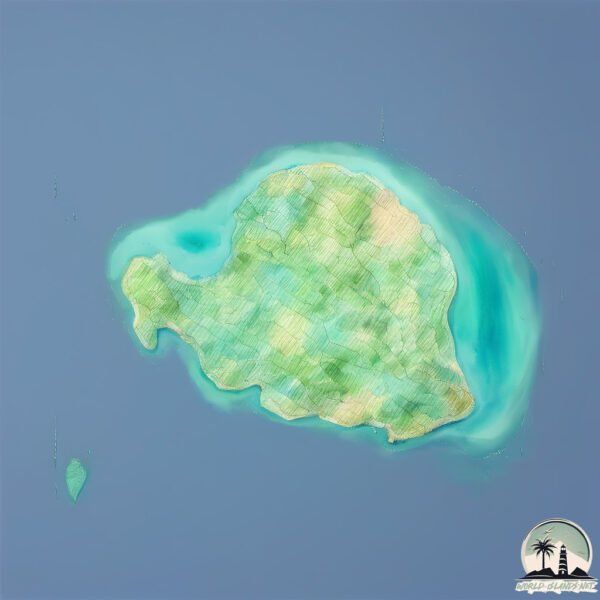Welcome to Yoronjima , a Temperate island in the Eastern China Sea, part of the majestic Pacific Ocean. This guide offers a comprehensive overview of what makes Yoronjima unique – from its geography and climate to its population, infrastructure, and beyond. Dive into the details:
Geography and size of Yoronjima
Size: 20.3 km²Coastline: 23.4 kmOcean: Pacific OceanSea: Eastern China SeaContinent: Asia
Yoronjima is a Medium Island spanning 20 km² with a coastline of 23 km.
Archipel: Ryukyu Islands – A chain of Japanese islands stretching southwest from Kyushu to Taiwan, known for their unique Okinawan culture and subtropical climate.
Tectonic Plate: Yangtze – A minor tectonic plate in East Asia, often considered a part of the Eurasian Plate. It’s primarily continental and covers the Yangtze River area in China, playing a significant role in the region’s geological stability.
The geographic heart of the island is pinpointed at these coordinates:
Climate and weather of Yoronjima
Climate Zone: TemperateClimate Details: Humid Subtropical ClimateTemperature: Hot Summer
Climate Characteristics: With continuous rainfall and hot summers, this climate is common in some coastal regions, supporting diverse vegetation.
Topography and nature of Yoronjima
Timezone: UTC+09:00Timezone places: Asia/TokyoMax. Elevation: 72 m Mean Elevation: 31 mVegetation: Agricultural MosaicTree Coverage: 39%
The mean elevation is 31 m. The highest elevation on the island reaches approximately 72 meters above sea level. The island is characterized by Plains: Flat, low-lying lands characterized by a maximum elevation of up to 200 meters. On islands, plains are typically coastal lowlands or central flat areas.
Dominating Vegetation: Agricultural Mosaic
Vegetation: 9 vegetation zones – Very Highly Diverse Island
Infrastructure and Travelling to Yoronjima
Does the island have a public airport? yes .
Does the island have a major port? no .
The mean population of Yoronjima is 240 per km². Yoronjima is Moderately Inhabited. The island belongs to Japan .
Continuing your journey, Okinoerabujima Island is the next notable island, situated merely km away.
[4K] [Digest] Welcome to Paradise - YORON Island, Japan | 与論島
No. 203 Yoron Island in Kagoshima Prefecture/ Travels of Scenic Japan / Tabiator
The southernmost island of Kagoshima Prefecture #Japan #scenic #travel ...
The southernmost island of Kagoshima Prefecture #Japan #scenic #travel #sightseeing #Island #Kagoshima.
A trip to a secret Japanese island
日本国際観光映像祭 ART & FACTORY JAPAN 優秀インバウンド映像賞 監督:Jay Chern 台湾の若者カップルが低予算で与論 ...
日本国際観光映像祭 ART & FACTORY JAPAN 優秀インバウンド映像賞 監督:Jay Chern 台湾の若者カップルが低予算で与論 ...
Japan is classified as Developed region: G7: Group of Seven – Major advanced economies, including Canada, France, Germany, Italy, Japan, the United Kingdom, and the United States. The level of income is High income: OECD.
News – Latest Updates and Headlines from Yoronjima
Stay informed with the most recent news and important headlines from Yoronjima. Here’s a roundup of the latest developments.
Loading...
Please note: The data used here has been primarily extracted from satellite readings. Deviations from exact values may occur, particularly regarding the height of elevations and population density. Land area and coastline measurements refer to average values at mean high tide.

